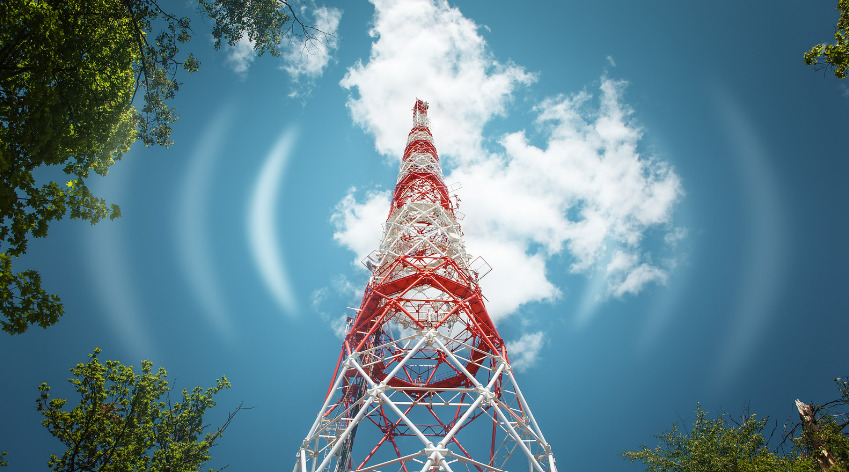If you’re experiencing weak signal strength with your Verizon cell phone, you’re not alone. Many factors can contribute to poor signal reception, such as distance from the nearest cell tower, obstructions like tall buildings or trees, and even the construction materials of your home or office. Luckily, there are steps you can take to improve your Verizon cell signal and ensure a more reliable connection.
One effective way to boost your Verizon cell signal is by using a signal booster. A signal booster works by amplifying the existing cellular signals in your area and rebroadcasting them inside your home or office. This can significantly improve both voice call quality and data speeds. It’s important to choose a signal booster that is compatible with Verizon’s network frequencies for optimal performance.
Another option to consider is Wi-Fi calling. Most modern smartphones support Wi-Fi calling, which allows you to make and receive calls over a Wi-Fi network instead of relying solely on cellular signals. By connecting to a stable Wi-Fi network, you can bypass any potential issues with weak cell signals and enjoy clearer calls.
In conclusion, if you’re struggling with poor Verizon cell signal, don’t despair. By investing in a signal booster or utilizing Wi-Fi calling when available, you can enhance your connectivity and enjoy better call quality and faster data speeds. Understanding the Verizon Cell Signal
- Using a signal booster: A signal booster amplifies weak signals and enhances overall coverage within its range.
- Wi-Fi calling: Utilizing Wi-Fi networks for voice calls instead of relying solely on cellular signals can help improve call quality.
- Removing obstructions: Clearing any physical barriers between you and the nearest cell tower can help optimize reception.
- Updating software: Ensuring that both your device’s operating system and carrier settings are up-to-date can potentially resolve any software-related issues affecting your signal.
By understanding how distance, interference, network congestion, and other factors affect your Verizon cell signal, you can make informed decisions and take appropriate measures to improve your overall signal strength and connectivity.
How to Improve Verizon Cell Signal
Checking Signal Strength
One of the first steps in improving your Verizon cell signal is to identify the areas with weak signal strength. This can help you determine where to focus your efforts for signal enhancement. Fortunately, there are a few methods you can use to check signal strength:
- Signal Bars: Most smartphones display a visual representation of signal strength using bars. The more bars you have, the stronger the signal. Keep in mind that this is just a general indication and may not be entirely accurate.
- Field Test Mode: Some smartphones allow you to access a “Field Test Mode” which provides more precise details about your cellular connection. By entering specific codes or using certain apps, you can access information such as RSSI (Received Signal Strength Indicator) and RSRP (Reference Signal Received Power) values.
- Signal Testing Apps: There are various apps available on app stores that can provide detailed information about your current signal strength and quality. These apps often give you real-time data, including numerical values and graphical representations of signal strength.
By utilizing these methods, you’ll be able to gather valuable insights into the areas with weak signals around you.

Monitoring Signal Quality
While checking signal strength gives you an idea of how strong or weak your Verizon cell signal is, it’s also important to monitor its quality. A strong signal doesn’t always guarantee reliable performance due to factors like network congestion or interference. Here are some ways to assess signal quality:
- Data Speeds: Run speed tests on your device using various speed testing apps or websites to measure download and upload speeds consistently across different locations and times of day.
- Call Quality: Make test calls from multiple locations and pay attention to call clarity, dropouts, echoes, or any other issues that may indicate poor call quality.
- Internet Connection Stability: Check if your internet connection drops frequently or experiences intermittent connectivity issues, as this may indicate signal quality problems.
By monitoring signal quality along with signal strength, you can get a better understanding of the overall performance of your Verizon cell signal.
Identifying Dead Zones
Dead zones refer to areas where there is little to no Verizon cell signal coverage. These areas may include buildings with thick walls, remote locations, or regions with weak network infrastructure. Here are some ways to identify dead zones:
- Observe Signal Dropouts: Pay attention to specific locations where your device consistently loses signal or experiences significant degradation in signal strength and quality.
- Use Coverage Maps: Check Verizon’s official coverage maps which provide an overview of the expected signal strength in different areas. However, keep in mind that these maps are estimates and may not always reflect the actual conditions on the ground.
- Seek Local Knowledge: Talk to other Verizon users in your area or consult online forums and communities dedicated to discussing cellular network coverage. They can provide valuable insights into known dead zones in your region.
Identifying dead zones will help you understand where you’re likely to encounter weak or no Verizon cell signals, allowing you to plan accordingly for improved connectivity.
Remember, by checking signal strength, monitoring signal quality, and identifying dead zones, you’ll be equipped with valuable information that will enable you to take appropriate steps towards improving your Verizon cell signal reception.


